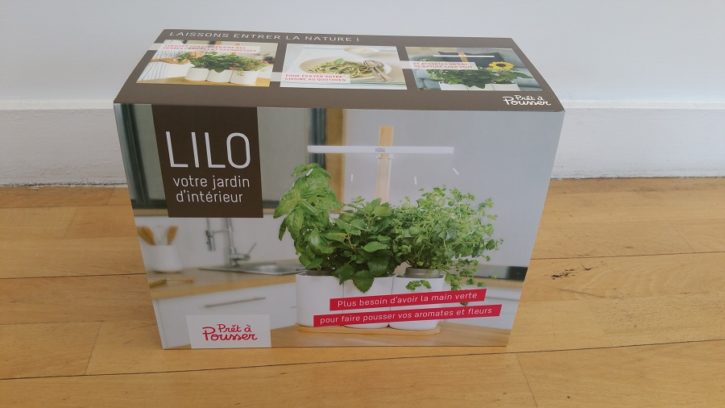How to connect eedomus with Aqara door and window sensor
Autor smartai | 19 Sep, 2019Imagine an sensor on your window, which would be able to turn your heating off or on. This is now possible thanks to the Aqara door or window sensor, via the eedomus smart hub. Follow this guide, which will explain how to add your component to your eedomus smart hub. You will also find the presentation of the scenario creation following the presentation of adding devices.

The Aqara door or window sensor can detect the opening and closing of a door or window and send a notification to your phone via the Application. With the ability to work with other Xiaomi smart devices such as the gateway, smart bulb, etc., this sensor is able to help you create a smart home. The sensor consists of a sensor and a magnet. It detects the opening and closing of doors and windows by detecting the proximity and separation of the sensor and magnet.
Here are the sensor's features:
- Power supply: CR1632 battery
- Communication: ZigBee
- Maximum detection distance: 22mm
- Operating temperature: 0-40°C
- Dimensions: 4 x 2.1 x 1.5cm (Main part) 2.5 x 1 x 1cm (Magnet)
- Weight: 160 g
Aqara door or window sensor configuration
For this presentation, you will need a Zigate dongle using Zigbee technology, plugged directly into the USB port of your eedomus hub. If you have not connected your dongle to your home automation box, please consult our following article: Presentation of the zigate dongle.
If your Zigate dongle is correctly connected to your eedomus home automation box, we can start adding devices.
First of all, go to the home page of your eedomus box. Then click on <<<configuration>>> at the top right of your screen.
You will then arrive on the configuration page of your system. First, click on the logo of your eedomus box. Then, you will see appear below, <<<configure>>. Then click on it to continue your configuration.
Once you have reached the configuration tab of your eedomus hub, you will find in the Zigate part <<<Permit Join>>. Click on it, then press the sensor reset button once.
A notification will appear at the top of the screen that will allow you to add your sensor. All you have to do is click on <<<create it automatically>>.
After clicking on <<<create it automatically>>, a tab will appear on your screen, asking you if your device is controllable. In this presentation, the device is a door and window sensor. Then click on <<<no>>>.
You will then arrive at the configuration part of your device. For the configuration part, you must indicate the name, usage and define a part for your component. Once you have entered its data, click on <<<save>> to validate the addition of your component.
There you go. You now know the methodology for adding Zigbee devices to your eedomus hub. Be aware that the principle is the same for any other Zigbee device that you may want to add to your eedomus hub.
Scenario creation
Following the presentation of the sensor, you will find below, the steps detailing the procedure to follow to create a scenario. We will take as an example for this scenario, the activation or deactivation of an intelligent wall socket depending on the state of our door and window sensor, which we will imagine as being fixed to our window. The objective is to automatically turn off the heating when the window is open, to reduce energy consumption. It is important to remember that there are many possibilities in creating the scenario, all you need is another device in addition to your detector.
To create your scenario, go to the device configuration menu. Click on your previously added device, then click <<<configure>>>.
You will then be taken to the configuration page of your device. At the top of your screen, you will find <<< associated rules>>. Then click on it.
Once you are in the associated rules page, click on <<<New rule>> to access the creation of your rule.
After clicking on new rule you will be taken to the configuration tab of your rule. In the same way as when adding a device as described above, you only need to enter a scenario name, a criterion and an action that will be performed according to the criterion. Then click on <<<saving>> to validate your scenario. Your scenario is created, so be aware that this scenario creation procedure is valid for any other scenario you will create later.
Our impressions
Thanks to the Aqara door and window sensor, you now have access to a security and energy saving system depending on how your detector is used. Take advantage of its benefits to reduce your energy bills and leave your home without worrying.
Source: Tapatalk.com


